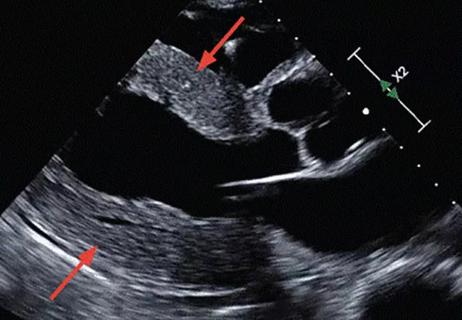
Mitral valve disorders are a common cause of congestive heart failure. Advancements in surgical techniques continue to be the backbone for invasive therapies. Nonetheless, patients frequently are deemed unsuitable for surgery for clinical or anatomical reasons.
Cleveland Clinic is a non-profit academic medical center. Advertising on our site helps support our mission. We do not endorse non-Cleveland Clinic products or services. Policy
Certain disorders are deemed amenable for less invasive transcatheter therapies. For example, rheumatic mitral stenosis has been successfully treated with mitral valve balloon valvuloplasty since the 1980s, and more recently, functional and degenerative mitral valve regurgitation have been successfully treated with transcatheter edge-to-edge repair in highly selected patients. However, some patients are deemed not good candidates even for transcatheter therapies because of anatomical limitations facing transcatheter edge-to-edge repair attempts. This is especially relevant in patients with severe mitral annular calcification and heavily calcified mitral valve leaflets.
As part of our commitment to providing advanced therapies for our patients, Cleveland Clinic Weston Hospital is an active member in the ongoing SUMMIT clinical trial that utilizes the Tendyne™ valve for treatment of mitral valve regurgitation and stenosis in a well-selected patient population. Candidacy for enrollment is decided following careful and detailed analysis of cardiac computed tomographic reconstruction and transesophageal echocardiographic data.
If successfully enrolled, patients can undergo transcatheter mitral valve replacement using the transapical approach through a small left thoracotomy under general anesthesia. The valve is delivered into position using a guiding catheter, and then slowly deployed into the mitral annulus maintaining appropriate orientation. This is followed by anchoring the valve to the left ventricular apex to ensure adequate stability. Patients are monitored in the hospital for a few days following the procedure and are placed on short-term oral anticoagulation therapy. Though it remains under research protocols and is only available in highly selected and advanced cardiovascular centers of excellence, this unique therapy provides a less invasive solution for patients with mitral valve disorders (regurgitation and stenosis).

A case-based review of a condition more prevalent than once thought